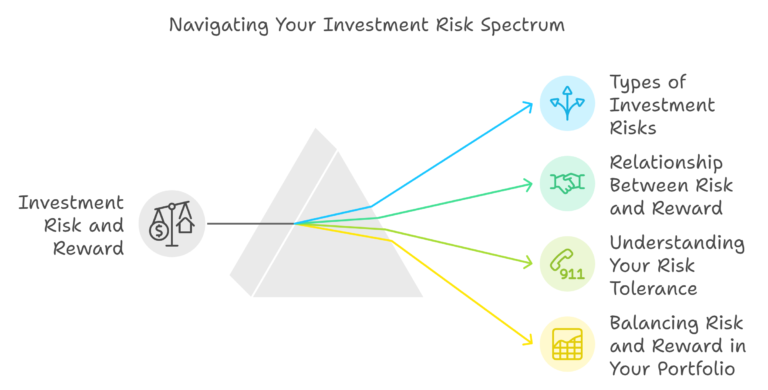Gross, Operating, EBITDA, Pretax, and Net Margins
In the world of finance and business, understanding various types of profit margins is crucial for evaluating a company’s performance and financial health. These margins provide insights into different aspects of a company’s profitability and operational efficiency. In this blog post, we’ll delve into five key margins: Gross Margin, Operating Margin, EBITDA Margin, Pretax Margin, and Net Margin.
Gross Margin
Gross Margin is the ratio of a company’s gross profit to its total revenue. Gross profit is calculated by subtracting the cost of goods sold (COGS) from total revenue. Gross Margin indicates how efficiently a company produces and sells its products.
Formula:
Gross Margin = (Gross Profit / Total Revenue) x 100
Example: If a company has total revenue of $1,000,000 and COGS of $600,000, the gross profit is $400,000. The Gross Margin would be:
Gross Margin = ($400,000 / $1,000,000) x 100 = 40%
A higher Gross Margin indicates that the company is retaining a significant portion of revenue as profit after accounting for production costs.
Operating Margin
Operating Margin measures the proportion of revenue that remains after covering operating expenses, excluding interest and taxes. This margin reflects the efficiency of a company’s core business operations.
Formula:
Operating Margin = (Operating Income / Total Revenue) x 100
Example: If the company’s operating income (revenue minus COGS and operating expenses) is $200,000, the Operating Margin would be:
Operating Margin = ($200,000 / $1,000,000) x 100 = 20%
A higher Operating Margin suggests that the company is effectively controlling its operating costs.
EBITDA Margin
EBITDA Margin (Earnings Before Interest, Taxes, Depreciation, and Amortization) measures a company’s operating performance by removing the effects of financing and accounting decisions. It provides a clearer picture of operational profitability.
Formula:
EBITDA Margin = (EBITDA / Total Revenue) x 100
Example: If the company’s EBITDA is $300,000, the EBITDA Margin would be:
EBITDA Margin= ($300,000 / $1,000,000) x 100 = 30%
A higher EBITDA Margin indicates strong operational performance and profitability.
Pretax Margin
Pretax Margin shows the percentage of revenue that remains after all operating expenses and interest have been deducted, but before taxes are subtracted. It reflects the profitability of a company before tax expenses.
Formula:
Pretax Margin= (Pretax Income / Total Revenue) x 100
Example: If the company’s pretax income (operating income minus interest expenses) is $150,000, the Pretax Margin would be:
Pretax Margin = ($150,000 x $1,000,000) x 100 = 15%
A higher Pretax Margin indicates a company’s ability to generate profit before tax considerations.
Net Margin
Net Margin is the percentage of revenue left after all expenses, including taxes, interest, and operating costs, have been deducted. This is the most comprehensive measure of a company’s profitability.
Formula:
Net Margin = (Net Income / Total Revenue) x 100
Example: If the company’s net income (total revenue minus all expenses) is $120,000, the Net Margin would be:
Net Margin = ($120,000 / $1,000,000) x 100 = 12%
A higher Net Margin indicates that the company is effectively converting revenue into actual profit.
Conclusion
Each of these margins provides a different perspective on a company’s financial health and operational efficiency. By examining Gross, Operating, EBITDA, Pretax, and Net Margins, investors and analysts can gain a comprehensive understanding of where a company stands in terms of profitability and cost management. Understanding these metrics is essential for making informed investment decisions and assessing the financial well-being of a business.





